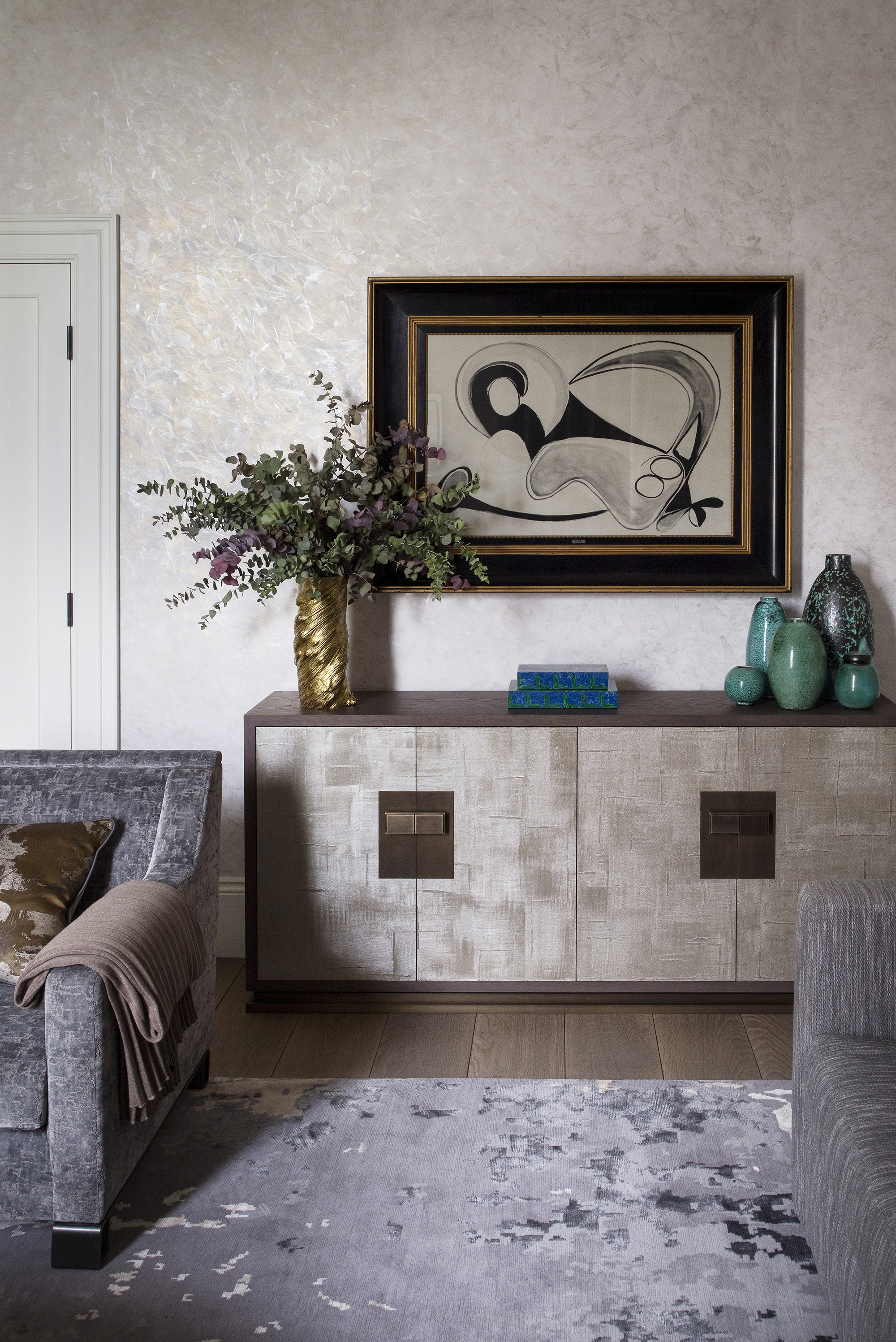Buying antique furniture online – the experts reveal their favorite treasure hunting techniques
With more people buying antique furniture online, we asked the experts for their top tips


More of us than ever are buying antique furniture online. The increase in interest in antiques is largely due to a focus on sustainability and mass consumerism – and of course, the desire of the design savvy to bring character into their homes effortlessly.
However, buying antique furniture online is a different concept to happening upon a beautiful piece in an antiques market, requiring a certain amount of know-how.
See: Interior design tips – decorating secrets for the world's top experts
How to shop for antique furniture online
We spoke to Camilla Clarke and Ottalie Stride, co-creative directors from interior design studio, Albion Nord, for their top tips on how to shop for antiques.
1. Only buy what you love

Ensure that what you’re buying is something that you love. Antiques are hardy and have endured the elements this far; they are likely to fail you now. By choosing something that you’re really fond of from the off will likely mean that you will be pleased with the piece for years to come.
See: Decorating with antiques – top tips from designer Henriette von Stockhausen
2. Check the authenticity of the seller
Check the credibility of the seller by reading reviews and confirm if they have affiliations with large, regulated bodies such as NAADA or ADA in the US, LAPADA or BADA in the UK.
Design expertise in your inbox – from inspiring decorating ideas and beautiful celebrity homes to practical gardening advice and shopping round-ups.
Trustworthy dealers are likely to help with condition reports, will gladly impart their extensive knowledge on the piece and provide videos to help you with your purchase.
3. Will it work with current interior trends?

Make sure that what you’re buying works with the other pieces in your house. The last thing you want is to get your purchase delivered and realize that it doesn’t fit with the rest of your scheme.
4. Be aware of hidden costs

Consider hidden costs when buying online; shipping, restoration and re-upholstery are the most common costs that you should look out for.
5. Ask for a receipt
Always get a receipt when you buy online. This will protect you should anything go wrong with the piece you bought.
6. Measure everything

Always check the size of a piece and whether fits the space you have in mind. A helpful tip is to cut out a card or paper template and put it in the spot you have in mind for complete peace of mind.
7. Try to see antique furniture in person
If possible, always try to see the piece you hope to buy in person. The quality of an item may not be accurately portrayed in a photograph and seeing it up close will give you a peace of mind before you make the purchase.
8. Ask for detailed photographs
Check the condition of the piece as far as possible. Reports and detailed photographs should be available to you as a buyer and you should request a video or additional photograph if there are angles which haven’t been covered.
Key information should be provided in the description of a piece, such as age, timber, condition and if any restoration has been conducted over the years.
9. Be mindful of cheap imitations
Value often reflects quality. Buy cheap, buy twice.
10. Know where to source antiques

This very much depends on your price bracket, but there are four major routes to choose from. If you fancy a roadtrip, the most affordable antiques can be found in the European Flea Markets (Lille, Munich and Amsterdam are the most famous). Brussels has a wonderful selection of antique shops selling very reasonably priced antiques and Mid-century pieces.
If you’re looking for something in the UK, the IACF (International Antiques & Collectors Fairs) are held in seven locations across England (Alexandra Palace, Newbury, Newark, Shepton Mallet, Peterborough, Runway and Ardingly).
You can find a calendar highlighting when and where the next fair is, and there is often something every month. For the best sweep, it’s good to arrive early and bring a trolley. The grounds are vast and there are so many stalls you risk forgetting where you bought things if you collect at the end of the day. Antiques here are incredibly affordable and there is a real plethora of antiques and curios. They are also great for decorative objects, glassware and ceramics.

In London, for a one-stop-shop, you can’t do much better than visiting the Battersea Decorative Antiques & Textiles Fair. There are three a year (Spring, Autumn and Winter) and most of the most prominent antiques dealers from across the country have a stand, exhibiting their latest stock.
The prices here really vary but the quality of antiques is unquestionably higher than those of the flea markets. Buying competition here is rife so ready your elbows, have a clear plan of the dealers you want to see first and arrive as early as possible to be first in the queue (you also get a glass of champagne while you wait).
Our go-to stands are Lee Wright, Brownrigg, AntiqBR, Catherine Despas, Foster & Gane.

The thousands of antiques dealers are available to visit by appointment or you can just drop in; there are many wonderful pockets to discover all over the UK where dealers congregate: Lillie Road (Catherine Despas, Dorian Caffot Defawes, M.Charpentier, Puckhaber, Streett Marburg) and Pimlico Road (Howe, Gallery 88) in London; Arundel (Spencer Swaffer) and Petworth (John Bird, Augustus Brandt, Kiki Design) in Sussex; and Tetbury in Gloucestershire (Lorfords, Brownrigg, AntiqBR) are all places we regularly visit.

Auction houses are another obvious avenue to explore. Again, depending on your price bracket you can narrow your search and choose accordingly. There are hundreds of fantastic auction houses across the country offering a variety of specialities from inexpensive antiques at places such as Stride’s auctions to more high-profile auctions such as Sotheby’s who sold the contents of Yves Saint Laurent and Pierre Bergé’s home.

Jennifer is the Digital Editor at Homes & Gardens, bringing years of interiors experience across the US and UK. She has worked with leading publications, blending expertise in PR, marketing, social media, commercial strategy, and e-commerce. Jennifer has covered every corner of the home – curating projects from top interior designers, sourcing celebrity properties, reviewing appliances, and delivering timely news. Now, she channels her digital skills into shaping the world’s leading interiors website.